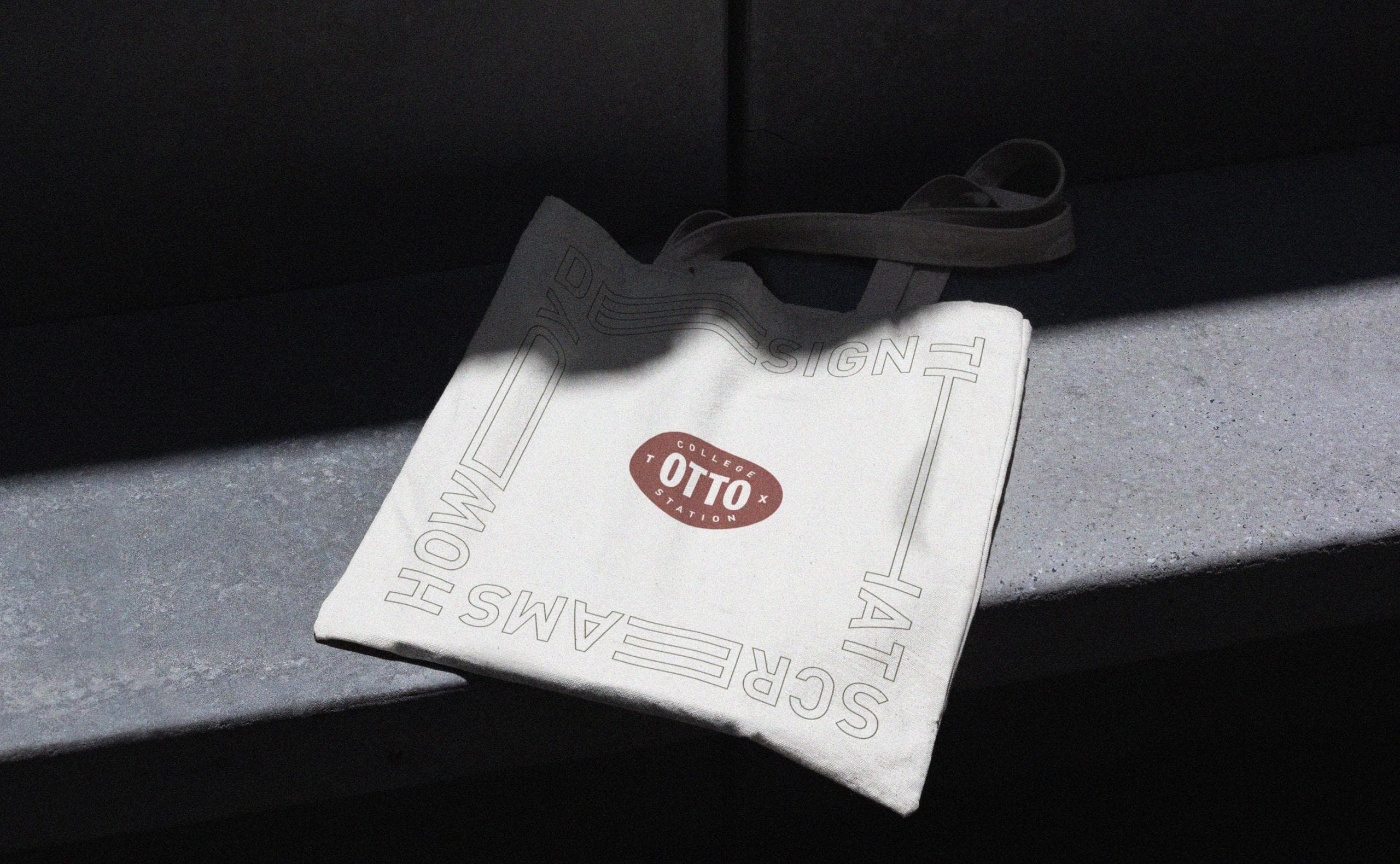Branding a new residential property can be easy, or it can be right. Ultimately the choice is yours. A savvy creative agency can be the difference between standing out or blending in, but their work can only be as good as the input you provide them.
With over 60 properties under our belt at MBX, we wanted to share a few ideas about how to best prepare for your branding journey – and how to set your creative partners up for success.
We've narrowed it down to four basic ideas:
First things first, all major decision makers need to be involved. Period. Nothing is worse than someone with veto power stepping in after all the work is done to tell the group "I really don't like that"...
- Put together a team small enough to manage, but big enough to represent the different interests of your team. Generally this is four to six people, including folks from the development team, the investment team, the leasing team, and the marketing team.
- When possible, select vocal coworkers for the team that you know will speak up and provide valuable input. Sometimes the smartest people on your team are the least vocal. That’s ok – everyone has their strengths. For our purposes we need folks who are ready and willing to share their thoughts, ideas, and opinions. It makes all the difference.
- Have a vacancy in the Marketing Director position? Please seriously consider getting that filled before you kick off a new brand project. Smart Marketing Directors have a vision, and nothing is worse for the process than bringing one in mid-stream.
Ok, ok, this may belong in point number one – but really, it's important enough to address on its own. Architects and Interior Designers align perfectly with the brand team.
- Architects and Designers speak our language. While members of the development team might struggle to describe a "vibe" or a "tone" or a unique aesthetic style – these folks will go deep with words that paint an image. That's just what the brand team needs to hear.
- Sometimes we'll get involved in a project before architecture and design really begin. While this isn't as ideal a situation, it can work. In this case it's a great opportunity for the architecture and interiors team to sit in and get a head start on the overall direction of the project and gain alignment across disciplines.
Bring any and all research you have to the table, and be ready to share it. Great brands don't just look good, they speak to the right audience and tell the right story.
- You've likely scoped out the area (that's why you chose to build here right?), so be prepared to share relevant demographics, competitor projects in the area, and anything you know about the market in general.
- Your management team can play an important role here – they likely manage other properties in the area and get to know their residents – not just their baseline demographics, but softer psychographic data about what makes residents in this area tick.
- Some developers have their own "look", or have specific likes and dislikes. Be sure to be open with your creative team about these things from the start. There's nothing wrong with choosing to give all of your properties some level of cohesion, but it's a lot harder to hear about it later.
This of course goes for just about any project in any industry, but with as many players as there often are in a large multi-family project, it's as important as ever for the whole team to know what we're doing, why, within what budget, and who's running the show.
- Not all developers (and not all creative agencies) think of "branding" the same way. Be sure it has been clearly outlined what's expected from the creative team, and that they've accounted for it in their budget. Get on the same page before you kick off.
- Establish a point of contact on the client side and on the agency side. And importantly, be sure the contact on the client side represents all of the parties involved and can run point on gaining alignment before providing feedback back to the agency.
- Having clearly established goals provides a point of reference or "measuring stick" for evaluating creative work. Don't let personal preference lead the way – judging a creative solution should be about strategy, not personal taste.
For many of our clients, the branding process is where they first really start to see the whole project come together, and it should be fun. Up until this point, it’s been a lot of spreadsheets and budgets and meetings with the city – but now it really starts to come to life in a way that’s tangible and exciting. What you put into this process will reflect what comes out of it. Have fun, engage, dig deep, and enjoy it!
